Empowering Your Yarn Business with Exceptional Quality
Partner with us to access high-quality yarn that elevates your textile manufacturing.
Source high-quality yarn
Polypropylene yarn
Competitive pricing
Reliable and timely delivery
Filament Yarn Products
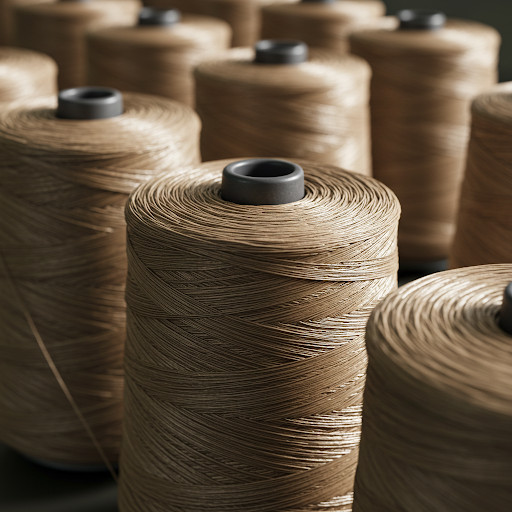
FDY (Fully Drawn Yarn)
FDY (Fully Drawn Yarn) is fully stretched during manufacturing, providing high strength, durability, and a smooth texture.
Uses: Clothing, home furnishings, tire cords.
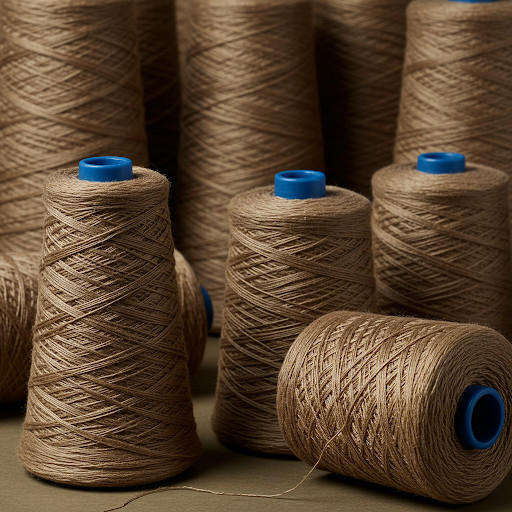
DTY (Drawn Textured Yarn)
DTY (Drawn Textured Yarn) is textured for a softer, bulkier feel, known for its elasticity, warmth, and good drape.
Uses: Apparel, sportswear, upholstery.
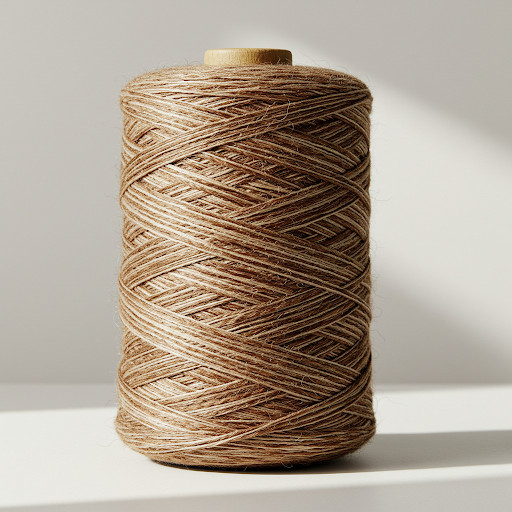
TFO (Twist Filament Yarn)
TFO (Twist Filament Yarn) is created by twisting multiple continuous filaments to enhance strength and cohesion.
Uses: Ropes, cords, industrial sewing thread.
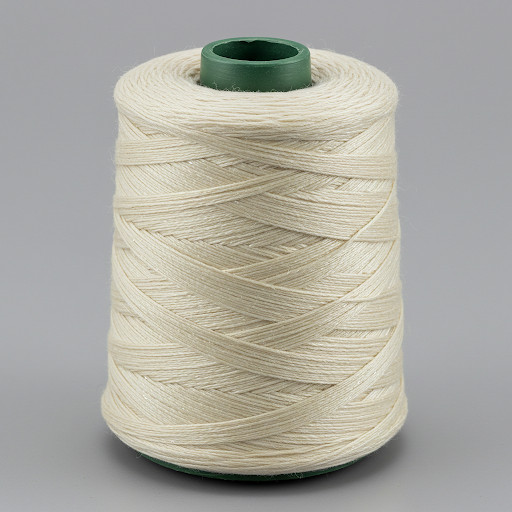
POY (Partially Oriented Yarn)
POY (Partially Oriented Yarn) is an intermediate product, partially drawn, requiring further processing (e.g., texturing).
Key Use: Feedstock for DTY production.
From Polymerization to Production:
The fundamental link between Polymer Resins and High-Quality Yarns.
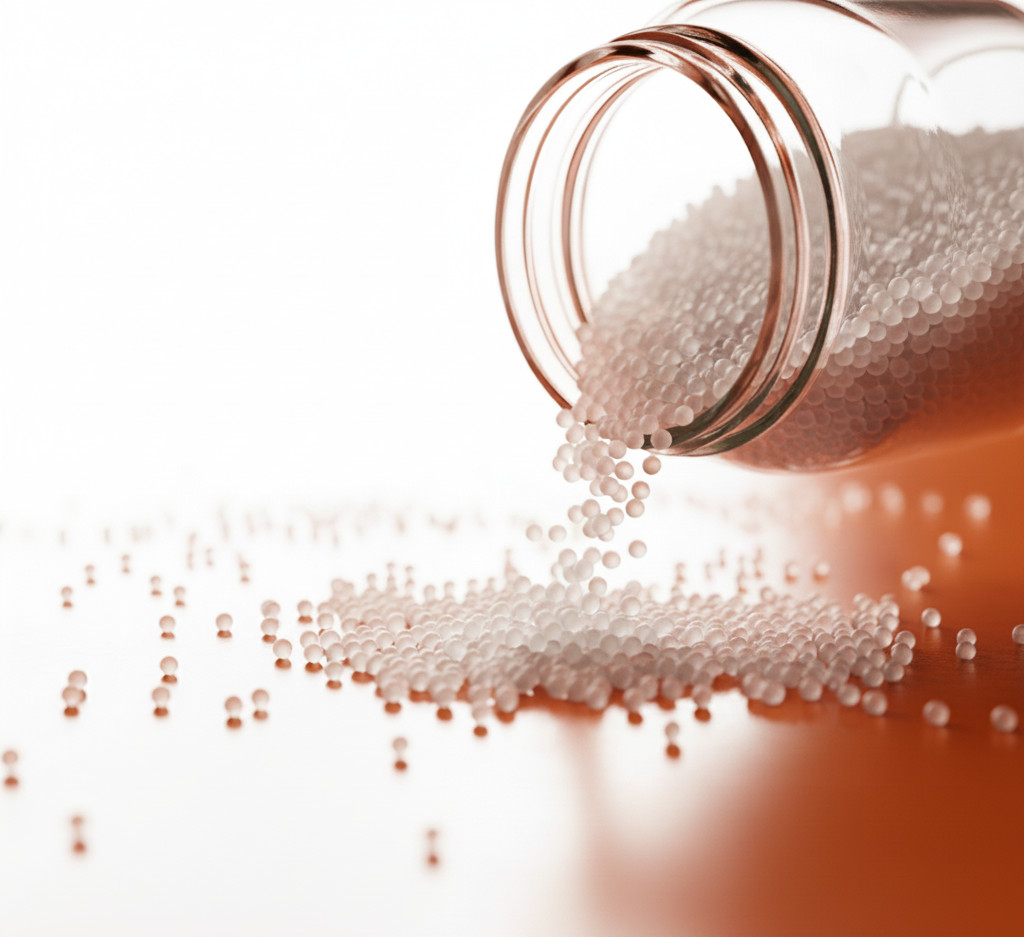
Polymer Resin Grades
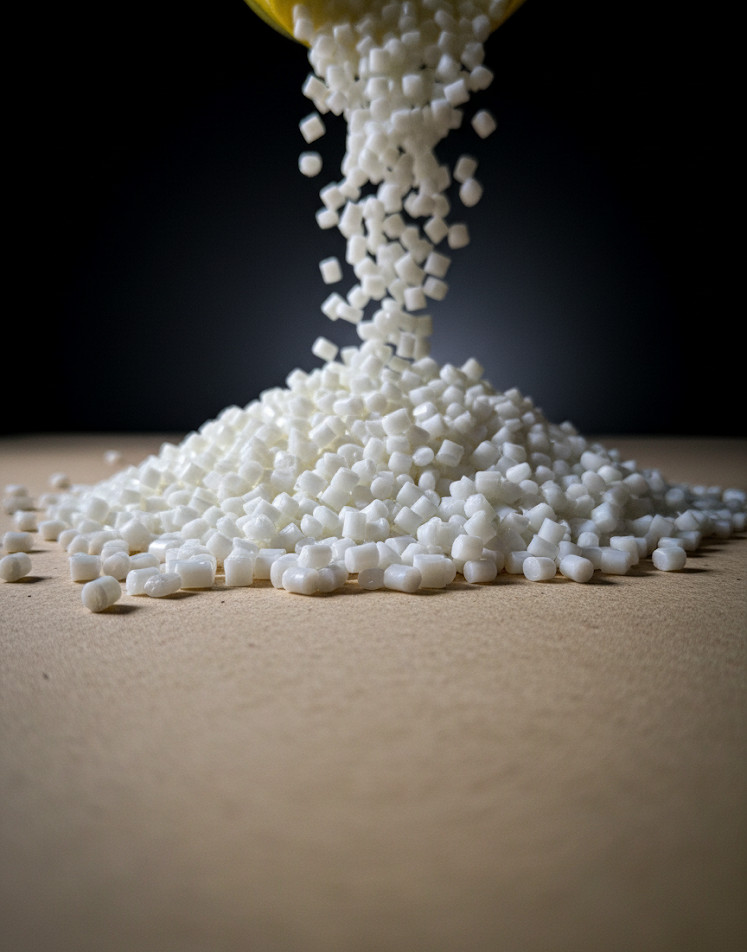
HDPE Blow Molding (BL3)
High rigidity with Excellent ESCR (Environmental Stress Crack Resistance), ideal for liquid containment.
Uses: Detergent bottles, milk jugs, small industrial drums.
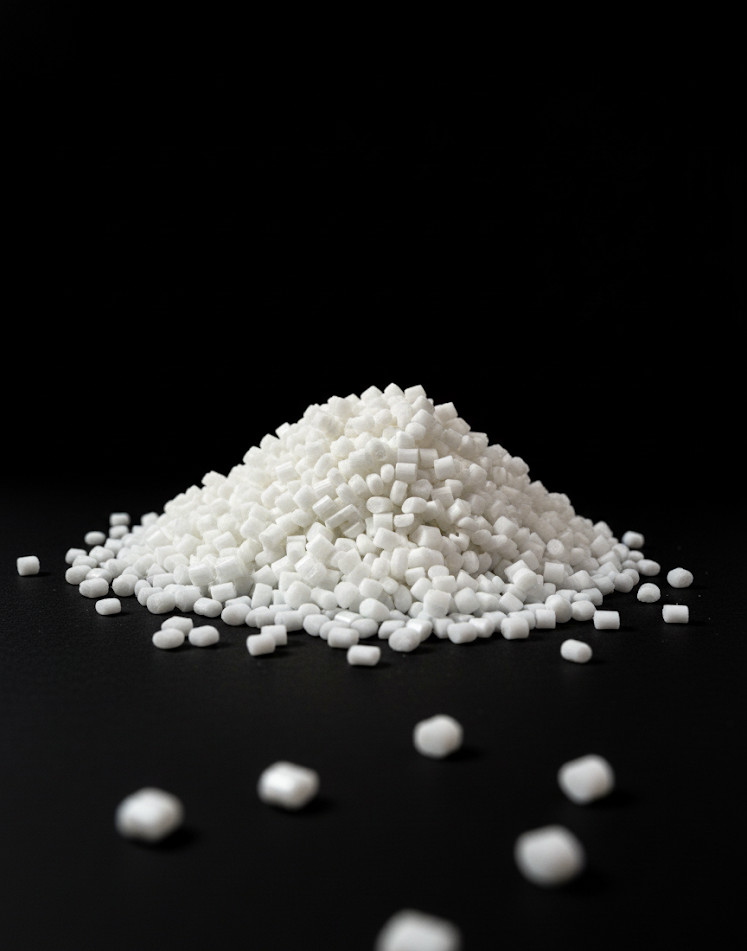
LDPE Film & Injection
Known for its flexibility, clarity, and exceptional heat-sealing properties.
Uses: Shrink film, food wrapping, flexible containers, lids.

HDPE Film Grade (F7000/5110)
Optimized for thin-gauge film extrusion, offering high stiffness and excellent tear strength.
Uses: Shopping bags, trash liners, barrier films.

Rotomolding Grade (MDPE/HDPE)
Specialized powder resins offering high impact strength and uniform wall thickness for large, hollow parts.
Uses: Water tanks, industrial storage containers, kayaks.
Polypropylene Yarn: Manufacturing and Price Factors 📈
How Polypropylene Yarn is Made:
- Polymerization:Propylene gas is polymerized using a catalyst to create polypropylene resin.
- Melting & Extrusion:The resin is melted and forced through spinnerets to form continuous filaments.
- Cooling and Drawing:Filaments are cooled and stretched to orient polymer molecules and improve strength.
- Texturing & Winding:(Optional) Texturing for bulk/softness, followed by winding onto bobbins.
Factors Affecting Polypropylene Yarn Price:
- 1.Raw Material Costs: Primary influence, especially propylene price (a petroleum byproduct).
- 2.Production Costs: Includes energy, labor, and overhead; efficiency is key.
- 3.Supply and Demand: Market dynamics directly impact pricing volatility.
- 4.Quality and Specs: Higher quality/specialized yarns command a premium.
- 5.Logistics: Currency exchange rates and transportation expenses.
Contact us:
- : +61436109520
- : info@newki.com.au